This is an easy biko recipe that requires no overnight soaking or oven baking. It’s a Filipino kakanin that is straightforward to make though does take time to cook the caramel sauce and a little bit of energy is needed to stir the sticky rice.
This is a beginner-friendly dessert recipe with lots of tips and step-by-step photos. Enjoy!
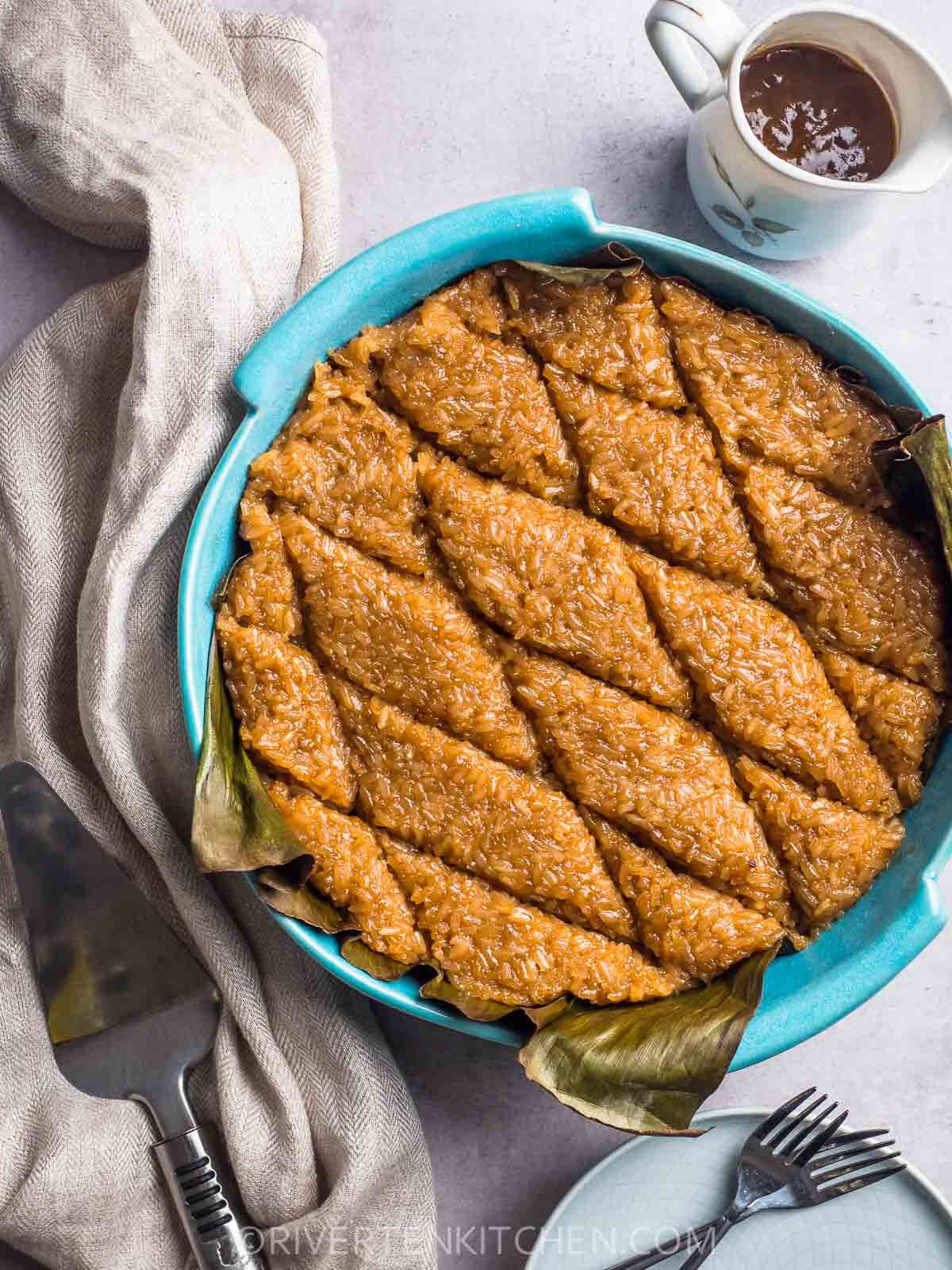
No Bake Biko Recipe
A big thank you to my Mama for patiently teaching me how to make one of her favorite Filipino desserts and for gladly saying “Yes” when I asked if I can post it here in RTK.
You might find the process of making this similar to bibingka malagkit except that this involves no baking. The latik sauce takes longer to cook, making it extra thick, syrupy, and creamy enough to drizzle over top of the biko.
Ingredients
You will only need five ingredients to make this sticky rice cake. Yes, it’s that simple!
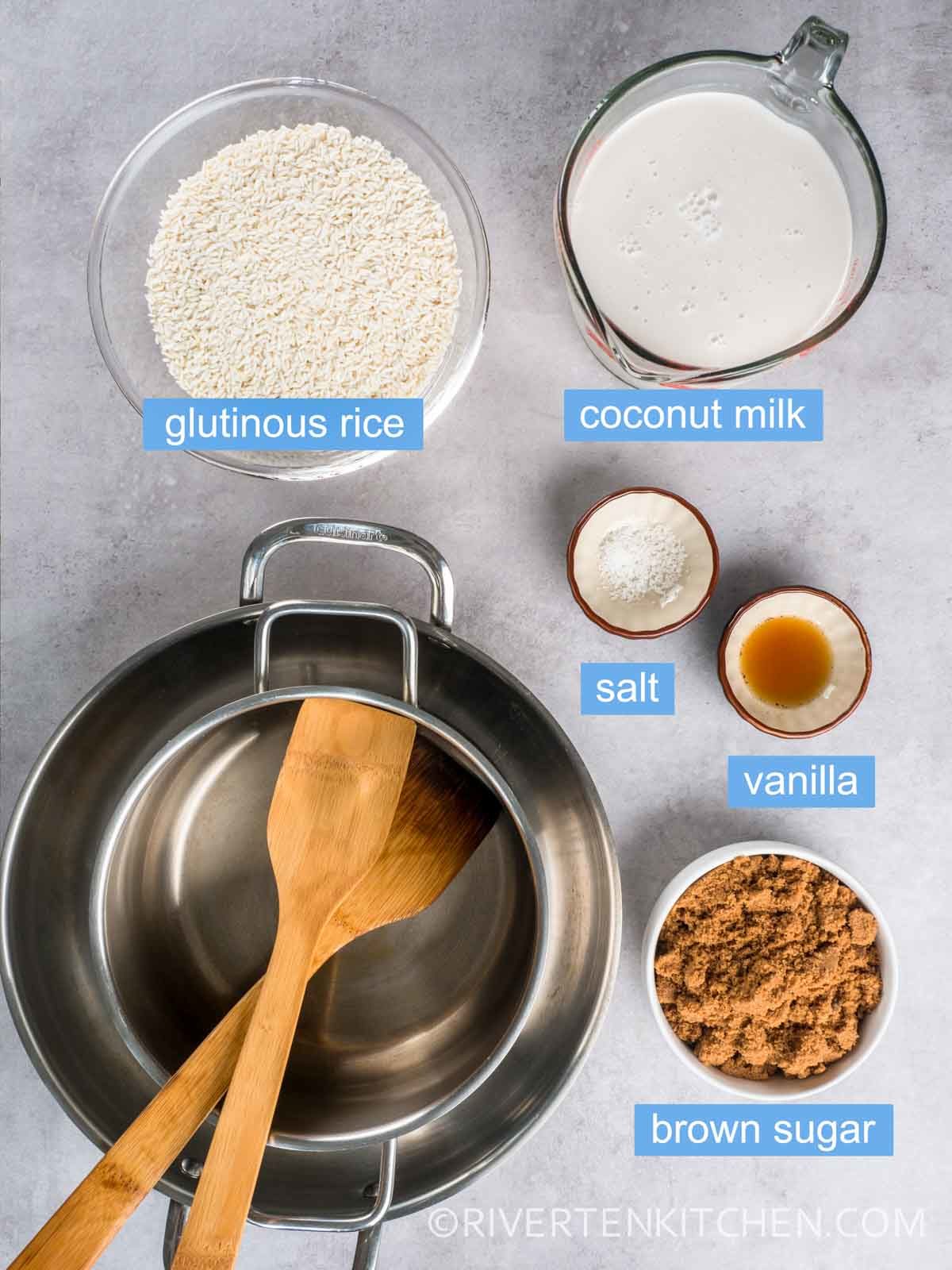
- Glutinous rice – or malagkit rice in Filipino. You can find this in many Asian supermarkets and most online stores.
- Coconut milk – if using canned coconut milk, always check the list of ingredients at the back level. It should, at the minimum, only have coconut milk and water.
- Brown Sugar or Dark brown sugar – can be used interchangeably. The latter is darker in color and has a more intense molasses flavor.
- Salt – balances the sweetness of the sugar. In short, “pangtanggal umay”.
- Vanilla – complements the coconut and molasses flavor. This is optional but highly recommended.
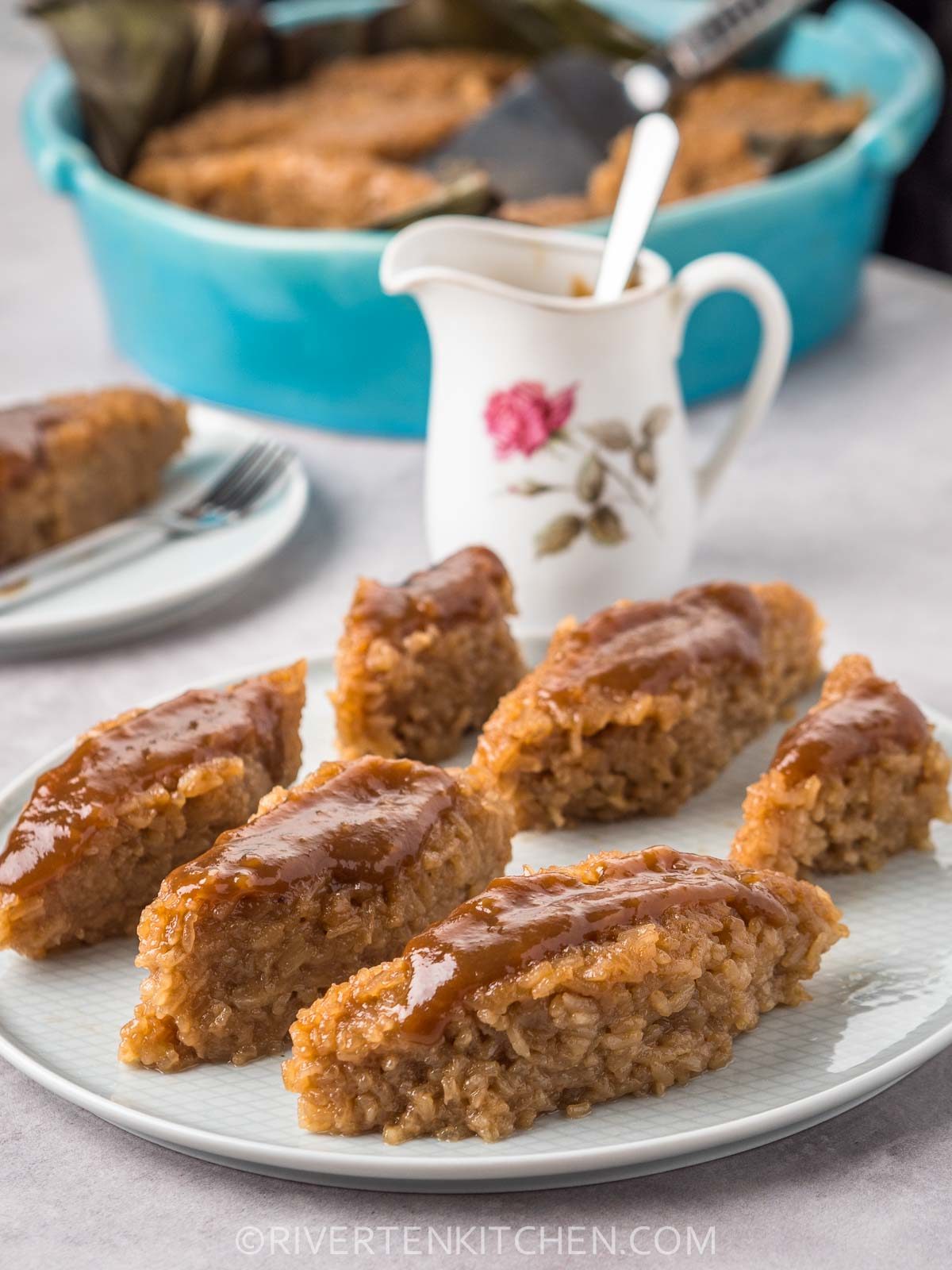
How to make Biko – in 3 simple steps!
Making this recipe requires 3 simple steps. And the good news? you will only need to make one sauce for the rice and an optional topping.
Cooking the glutinous rice
While other recipes use coconut milk to cook with the rice, in my mama’s recipe we will only use plain water. There’s also no overnight soaking involved.
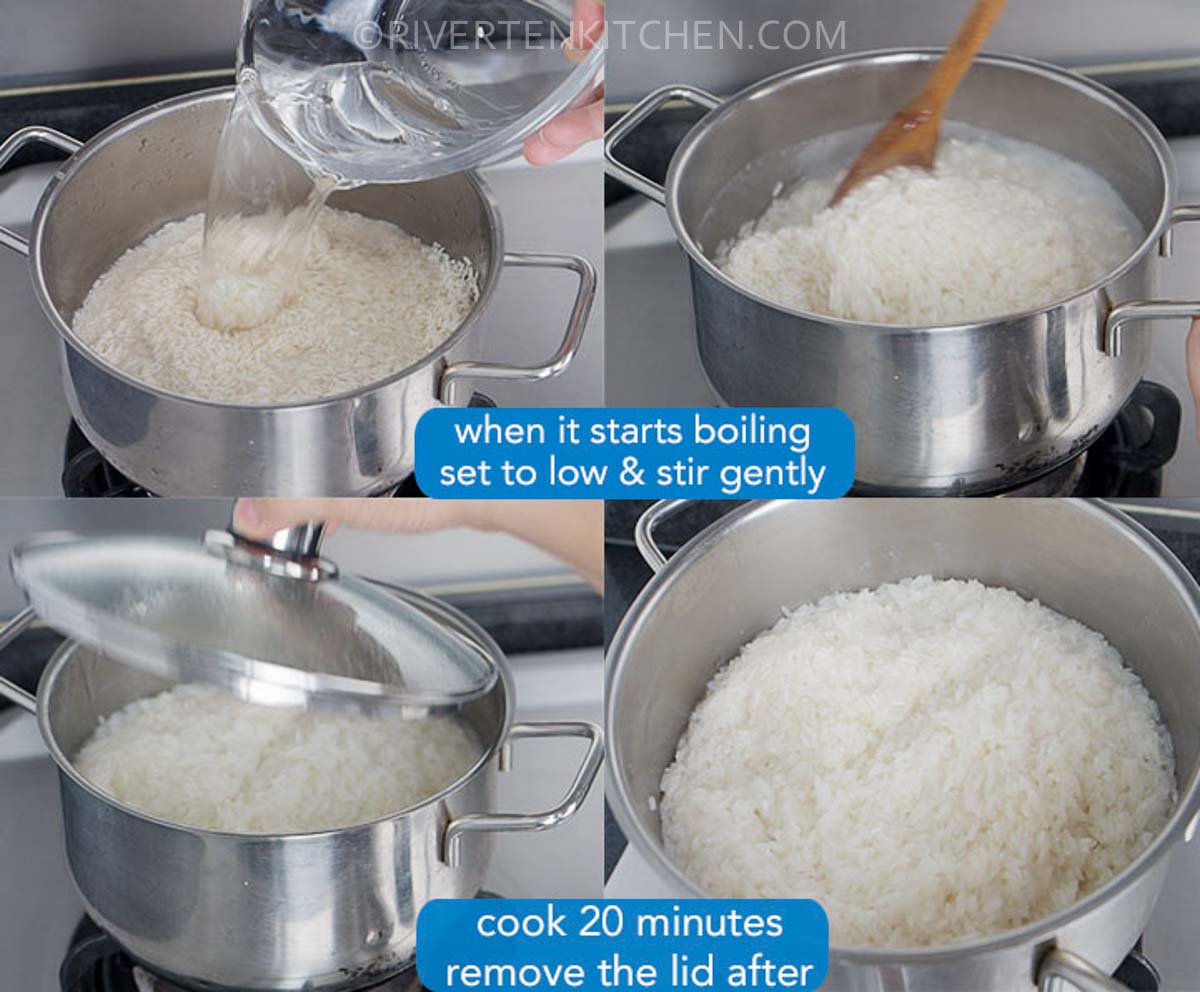
Here’s how to cook it:
- To prevent the rice from being too mushy, use less water instead of using the 1:1 ratio. For example in this recipe, I used 3 cups of glutinous rice and only used 2 1/2 cups instead of 3.
- There are two ways to cook the rice–first is the stovetop method is using a normal pot (use non-stick if available). The second method is using a rice cooker, the easiest and most convenient way.
- Remove the lid as soon as the rice is cooked/timer is up to prevent residual heat from overcooking the rice.
Bonus tip: Cook the glutinous rice with fresh pandan leaves to make it deliciously fragrant.
Making the Caramel Topping (latik sauce)
This is my mama’s special latik sauce (arnibal in Tagalog). You will need a little patience in making it, but it’s so worth it! The molasses and coconut aroma becomes deeper and quickly coats each rice granule.
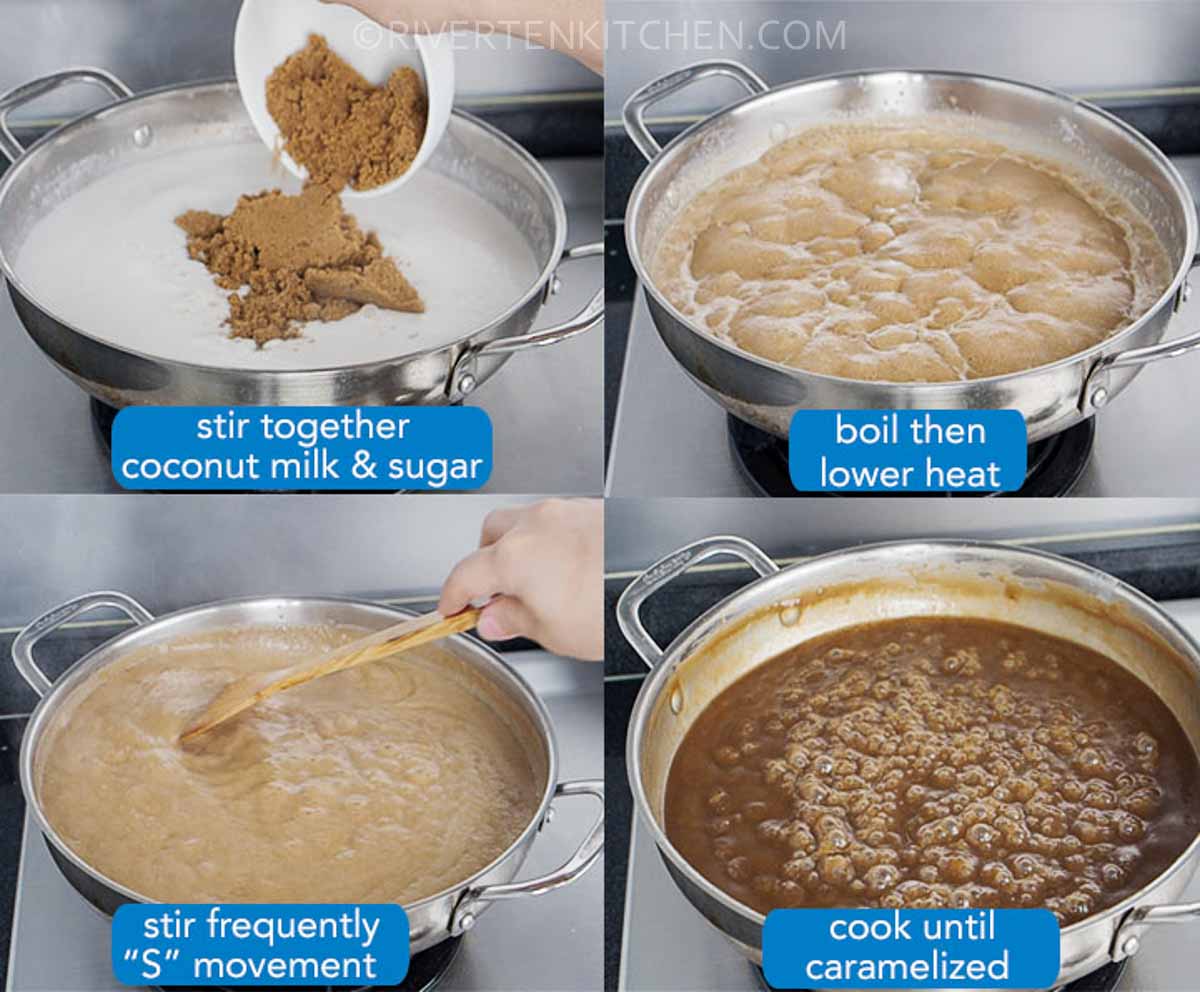
Here are my tips on how to make a thick coconut caramel topping:
- Use coconut cream if available. It’s easier to thicken than coconut milk.
- Use a wide pan rather than a saucepan. The wider the pan, the quicker the sauce will reduce. Don’t use a pot. It will take you forever to achieve the “caramelly” consistency.
- Simmer in low heat. Don’t rush this step by increasing the temperature. Once it starts boiling, adjust the heat to low and start stirring frequently. Don’t leave it for more than 2 minutes or the sugar at the bottom may burn. Mine took 35 minutes to thicken and turn golden brown. This may take longer if you’re using a deep pot.
Combine the caramel sauce and glutinous rice
This last step requires quite a bit of physical effort i.e. strong arms and a strong grip. Nothing you can’t do. Don’t worry 🙂
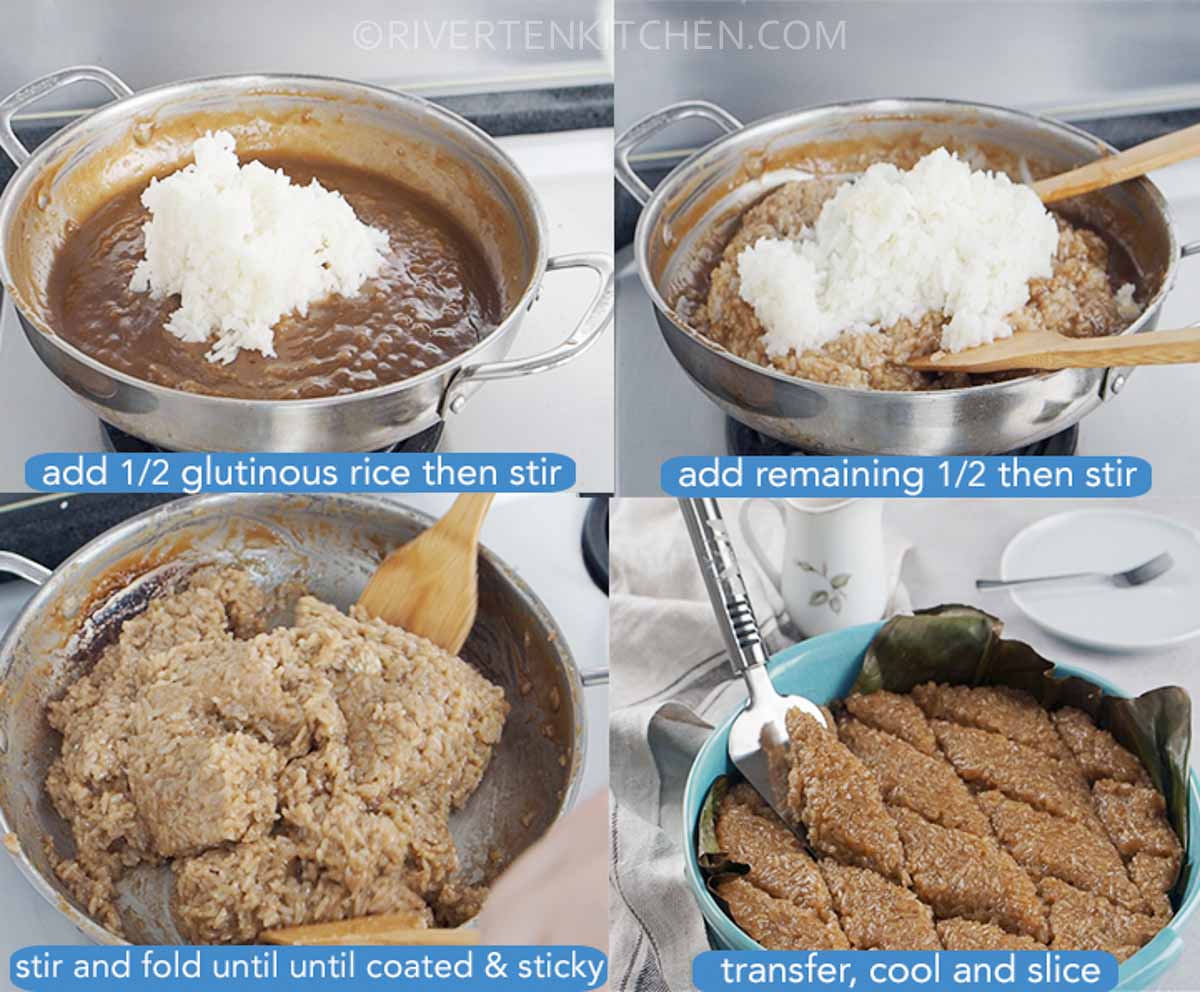
These are the tips that my mama gave me to make the process a whole lot easier.
- Use two solid turners/wooden spatula (siyansi in Filipino) to easily toss and stir the cooked rice.
- Scoop out half of the thickened caramel sauce and place it in a heatproof bowl. Once all the sticky rice is added, add it back in small increments. Just eyeball the amount. If you see visible white streaks then it will need more caramel. This technique will help the rice absorb the sauce evenly.
- Add the sticky rice in two batches, stirring and tossing after each addition. This technique will help you easily incorporate the sauce and rice with less physical effort.
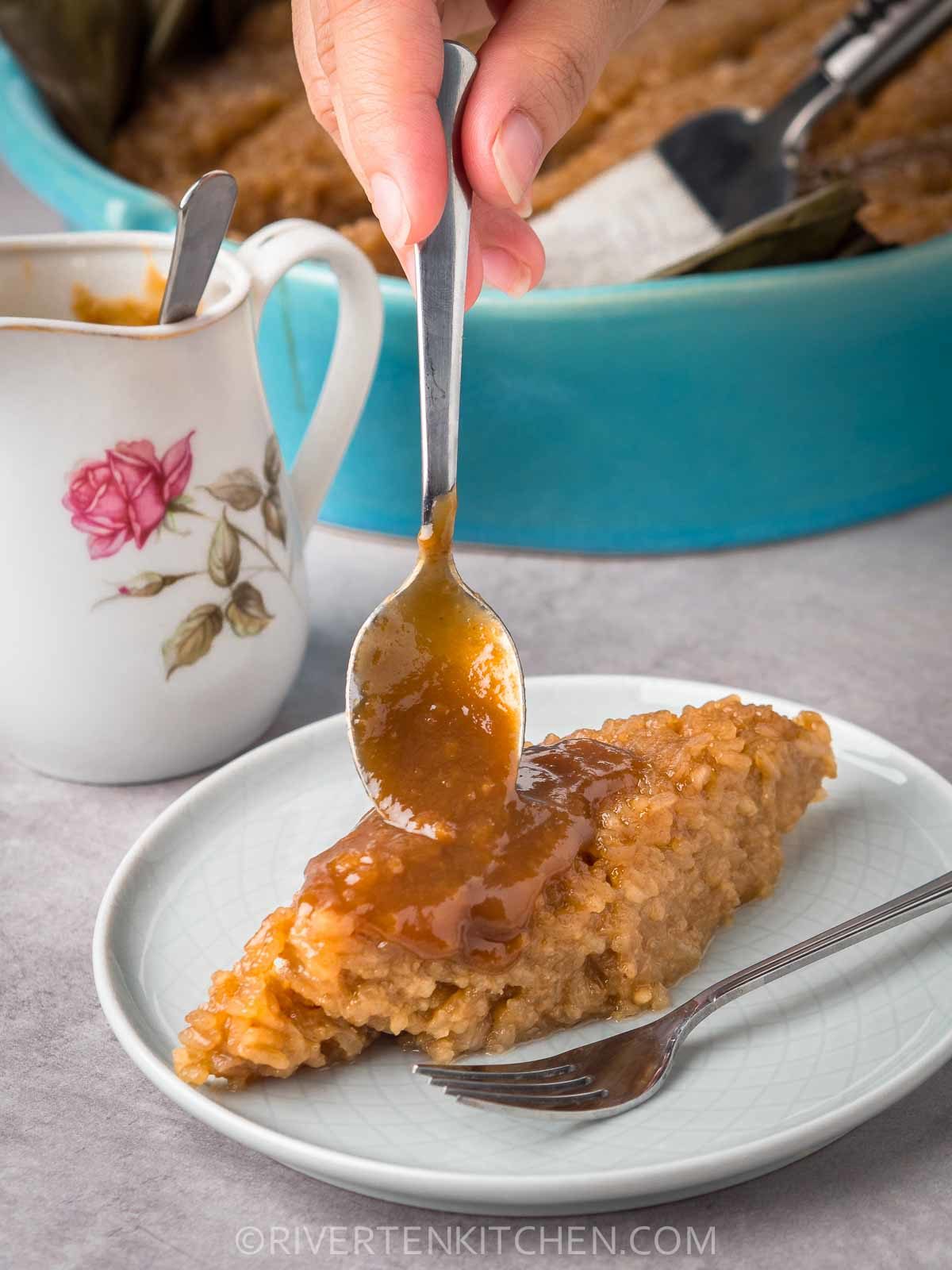
Variations: Ube, Langka and Dry Latik
Biko is probably one of the most versatile Filipino desserts you’ll ever encounter. Just see this list of variations you can make out of it. Amazing!
- Biko with langka (sweetened jackfruit) – add to the latik sauce after the sugar is completely dissolved. Omit the syrup for a less sweet rice cake.
- Biko with coconut curds – also known as Biko Tagalog or Sinukmani, is a popular variation in the northern regions of the Philippines. Dry coconut curds are sprinkled over the top of the rice cake just before serving. Check out my recipe here.
- Biko with spices – in the southern region of the Philippines, ginger, and anise seed is sometimes added to the rice or to the sauce to give biko a different aroma. I have only tried the anise version which my Mama occasionally makes.
- Ube Biko – this variation has been trending for quite some time now but has not personally tasted nor tried making it so no tip for now.
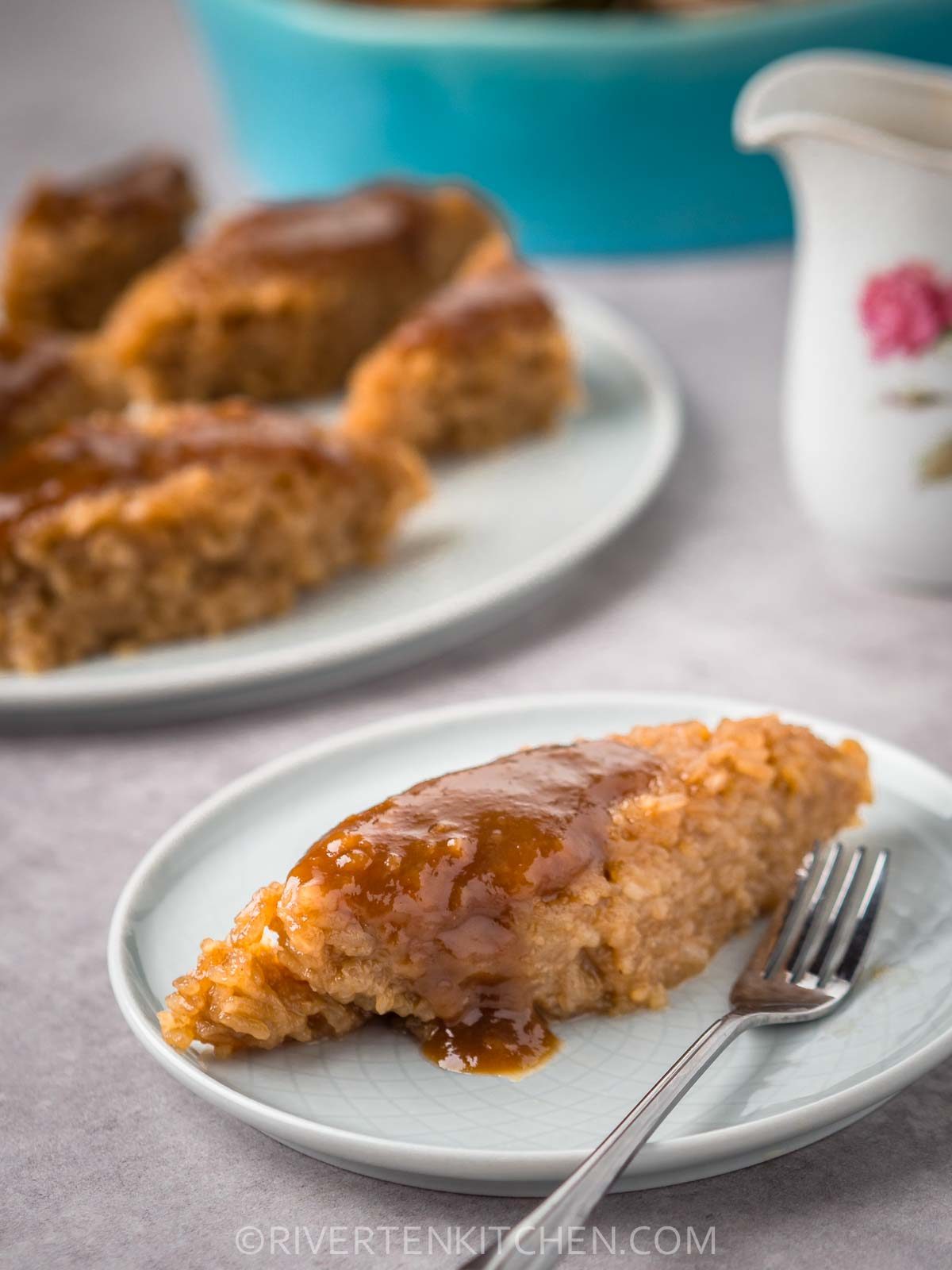
More dishes for special occasions
- Embutido with Cheese
- Pork Humba (Meltingly tender Pork!)
- Beef Caldereta
- Pork belly Sisig
- Garlic Butter Crab
- Easy Beef Kare Kare
- Lechon Manok
- Pork Belly Lechon
How to Serve
Place in a baking pan lined with banana leaves. Cut into serving pieces then drizzle with the remaining caramel topping.
Shelf-life
Biko is best eaten the same day it’s made. Store leftover sticky rice in an airtight container and keep refrigerated. It should last for 3 to 5 days if properly stored. To reheat, microwave for 30 to 40 seconds per piece.
What to Serve with Biko
I love anything bibingka with these dishes:
- Pansit Canton with the Most Delicious Sauce
- Chicken Sotanghon
- Pancit Bihon
- Palabok with Easy Sauce Recipe
Watch the video on How to make Biko
More Filipino desserts…
- Puto with Leche Flan
- Special Palitaw
- Bibingka Malagkit
- Maja Blanca
- Leche Flan
- Cassava Cake
- Kutsinta No Lye
- Easy Bibingka (Filipino Rice Cakes)
- Easy Mango Sticky Rice (30 mins soaking)
Related recipes…
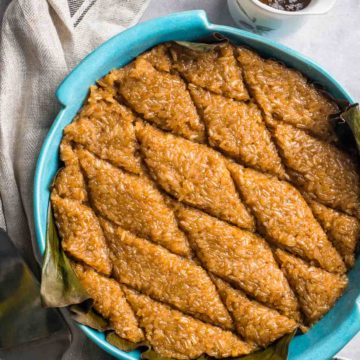
Easy Biko Recipe (Sticky Rice Cake)
Equipment
Ingredients
Malagkit (glutinous rice)
- 3 cups glutinous rice (see note 1)
- 2 ½ cup water
Coconut Caramel Topping (latik)
- 4 cups coconut milk (see note 2)
- 1 ½ cup brown sugar (add more if preferred, see note 3)
- 1 teaspoon salt
- 1 teaspoon vanilla extract
Instructions
Cook the malagkit (glutinous rice)
- Rinse glutinous rice with water then drain well. Place in a pot and then add 2 1/2 cup water. Swirl to combine. Turn on the heat and set it to medium heat. Stir and scrape the sides to prevent the rice from sticking too much in the pot.
- IMMEDIATELY reduce the heat to low when it starts to boil and cook for 20 minutes. Set a timer if needed to avoid overcooking the rice.
Make the caramel topping (latik sauce)
- Place all the ingredients in a pot over medium heat. Bring to a boil. Set the heat to low and cook until sauce thickens to a syrupy caramel consistency. This will take about 30 to 40 minutes. Stir frequently to prevent the sugar from burning. Taste halfway through and add more brown sugar if preferred. Stir-in salt and vanilla extract.
- Carefully scoop about 1 1/2 cup of the sauce into a heat-proof bowl.
Cook the biko
- Set heat to medium-low. Add 1/2 of the cooked glutinous rice to the pan and stir with the remaining sauce. Add the remaining rice and stir again using two wooden spatulas.
- Slowly add back some of the caramel sauce in small portions, stirring the mixture after each addition. Just eyeball the amount. If you see visible white rice then it will need more latik. Don't forget to leave some sauce for topping later. Continue stirring and tossing until liquid is completely absorbed and the mixture becomes sticky and stiff. This will take around 15 minutes to 20 minutes.
- Pour the mixture into a serving pan. Cut into serving pieces. Serve warm or cool with sauce drizzled on top. Enjoy!
Recipe Notes & Tips:
- Glutinous rice – also known as sweet rice or sticky rice. You can find this in many Asian supermarkets and popular online stores.
- When buying canned coconut milk for the latik sauce, avoid using those that contain thickeners like xanthan gum, guar gum, or carrageenan. It should, at the minimum, only have coconut milk and water.
- Brown sugar – can be substituted with muscovado sugar/ dark brown sugar. Note that biko will be darker in color if using these substitutes.
- Measurement: Use BAKING CUPS, not the cup that comes with the rice cooker.

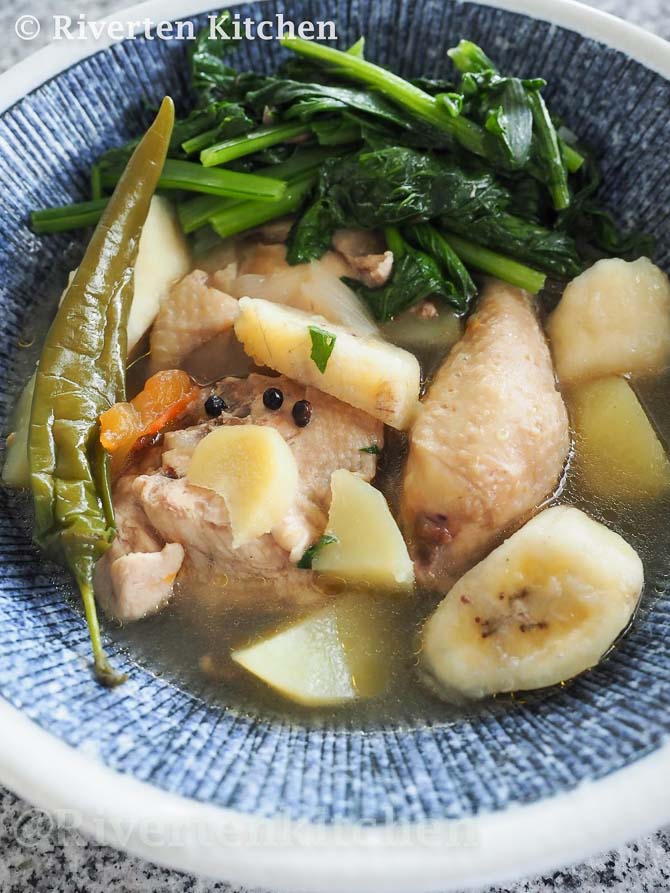

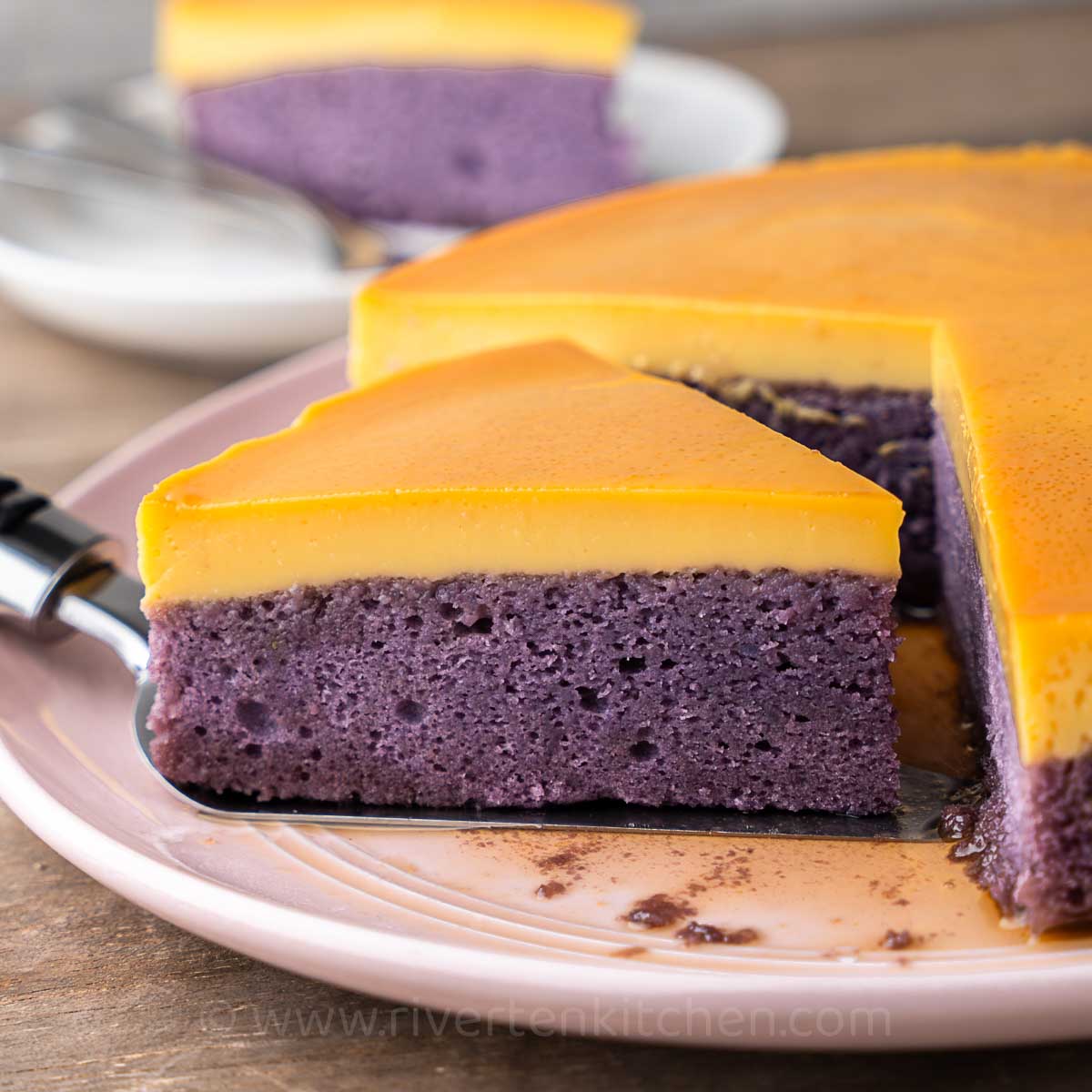
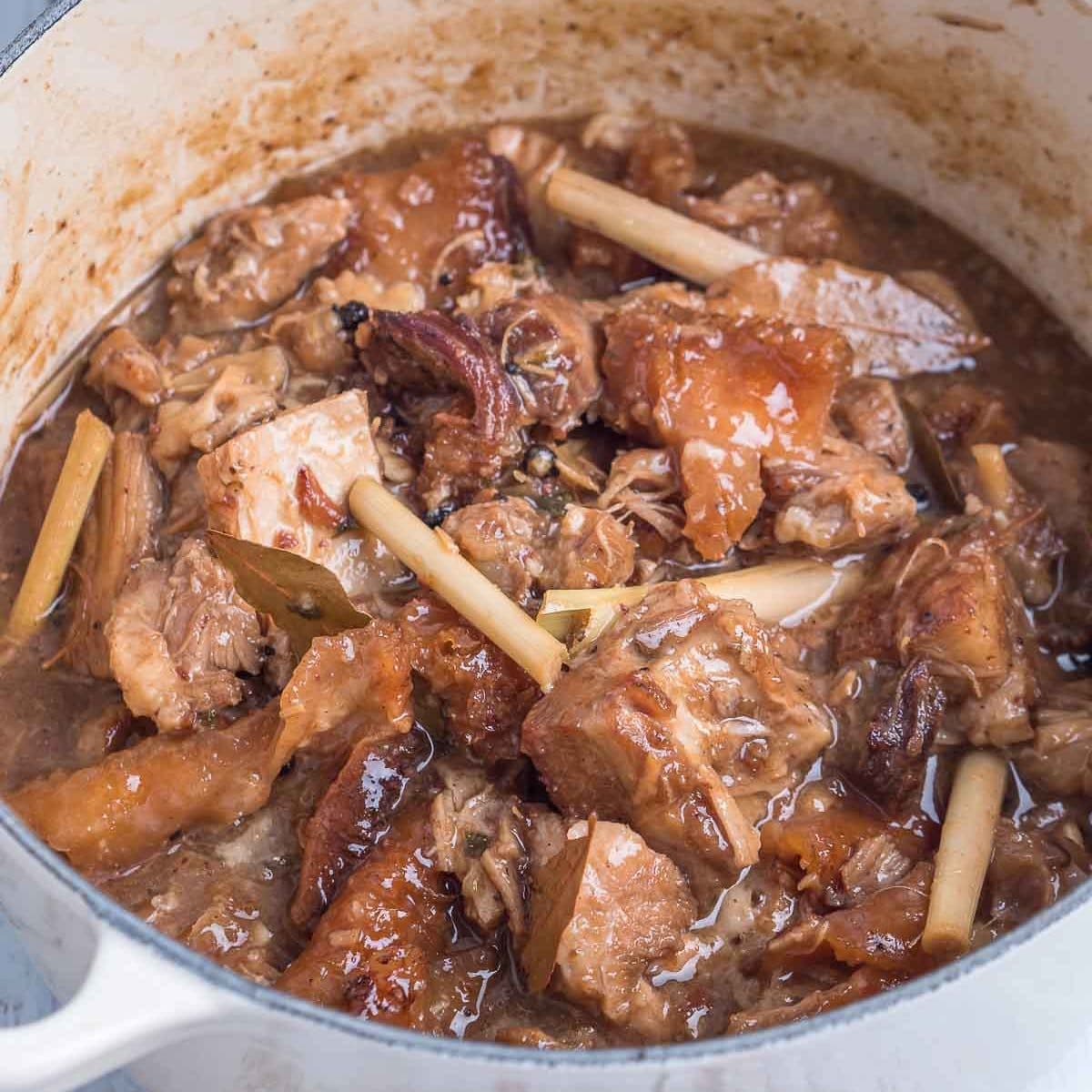


This recipe is so easy and straightforward we made it twice in one week! The first one went down really well so we had to make another one after few days! So yummy!!! I am all for simple and easy to follow recipes without compromising the taste!! Thanks for the recipe!!